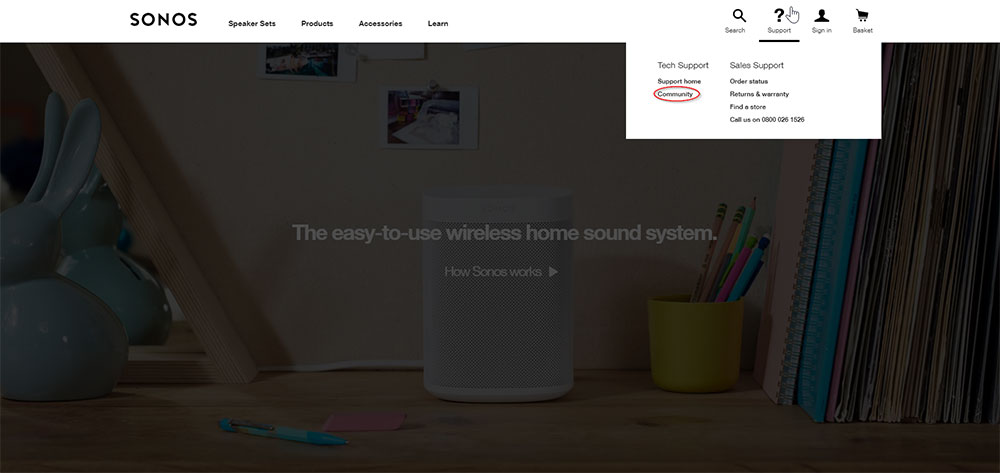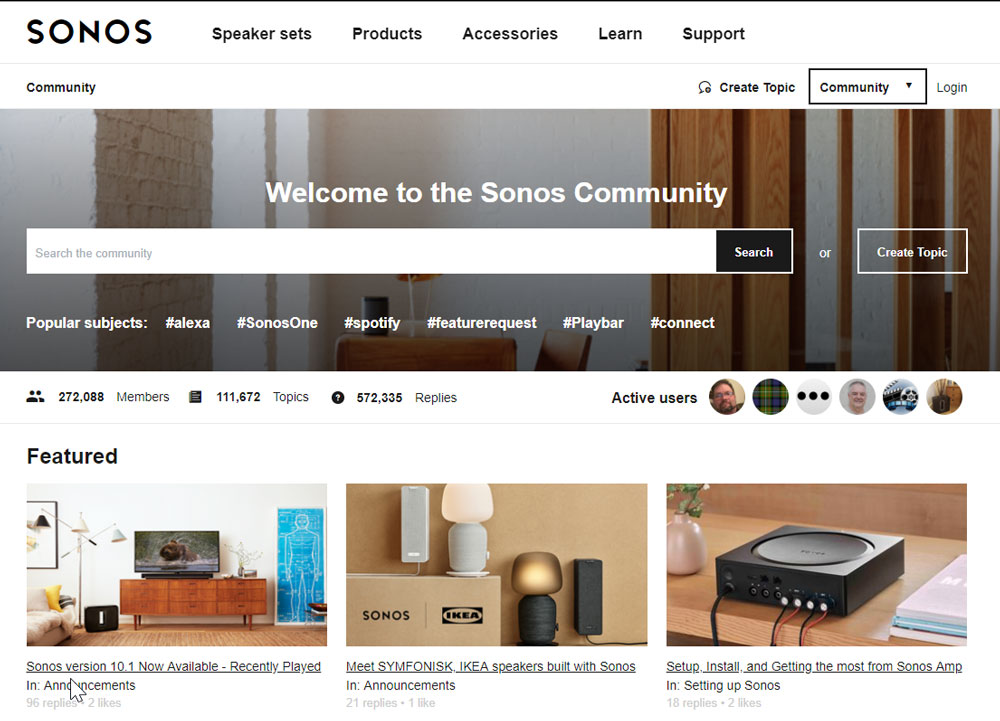Originally published on inSided.com on May 9, 2019.
Let’s be clear, both customer service and customer experience are integral to business success, whether it be in B2B or B2C companies. As customer demands both evolve and increase, so too do the ways they must be handled. Scaling businesses without adequately ramping up customer support not only leads to unsatisfied customers, but can also negatively impact your bottom line. So what are the ways to mitigate this and ensure your customers are getting the support they deserve?
Imagine the scene: a bustling customer support team. Phones are ringing, inboxes are full of unresolved tickets, chat-boxes are pinging and still customer queries are coming in thick and fast. The sheer volume of customer enquiries leads to frustrated managers and demotivated customer service agents. The most irritating thing of all? A huge amount of these questions are repetitive, general and take up valuable time that could be better spent answering more pressing customer requests.
Sound familiar? Before taking a look at potential ways to handle this all-too-common pile up of support tickets, let’s delve into the more ‘traditional’ methods of customer service:
- FAQs: Of course the most simple way to serve your customer—an FAQ page designed to answer the most common customer requests. Many customers find themselves here first as it tends to be where their Googling takes them.
- Email: Email remains a go-to when it comes to customer requests—especially when long reference numbers are needed or screenshots of error messages can be easily attached. While email tends to be for the less ‘urgent’ customer or user, quick response expectations put pressure on customer service agents.
- Phone: Customers who pick up the phone tend (not always, of course) to be those with the most pressing requests. While it is not necessarily the case, many still assume the quickest way to get an answer is by calling.
Social media and chatbots are worth mentioning here too. While they are less traditional forms of customer service, the former still requires considerable time and manpower and the latter… well… have a read of this Forbes article on how chatbots are killing customer service.
Which channel your customer chooses depends on many factors: urgency, type of request, desired resolution and the person’s preference. That being said, a build-up on one channel over another can be a key indicator of failings in certain areas of your customer support. For example, too many calls could mean your email response time is too slow; too many emails may be due to high call abandonment rates (frustrated customers hanging up before getting through to an agent) and too many of both could mean your FAQs page lacks information or is too hard to navigate. Assess your channels and act accordingly—the answer to less agent stress, higher productivity and happier customers could be right under your nose!
Why is it essential for B2B software companies to get it right?
In B2B software companies, any outage that affects your user base can lead to huge ramifications for the business. B2B service issues can also be more complex, taking more time and resources to resolve—all the more reason to ensure customer service agents are utilizing their time effectively. As urgency is increased, B2B users are more likely to pick up the phone. This quickly leads to a backlog of calls—something all customer support teams aim to avoid. To this end, and to increase the quality and speed of resolutions to customer requests, here are some quick tips:
- Create email templates to quickly respond to the most common customer requests
- Create ‘how to’ general usage and feature request documentation that is easy to find and navigate. Over half of Microsoft’s customers said they cannot resolve an issue because there is too little information online!
- Be sure to have a status page that can be easily updated in case of an outage. Flag this to customers as soon as a problem is detected
- Build messaging into your website that directs customers to self-service channels that may have the answers they require. Keep it short and snappy; customers’ attention spans don’t tend to last long
- While creating Youtube tutorials can be an effective learning tool for customers, again make them succinct—no one wants to watch a five minute video to get a simple piece of information
- Create a community platform which provides a knowledge base of useful information and is constantly updated by user experts. Sonos have nicely integrated their community into their support navigation. Take a look:

And here is the view of their community where users can easily find the information they may need:

What’s remarkable about all of these methods of customer service? They are all ways of getting the customer to self-serve!
Why focus on customer self-service?
As Customer service expert Micah Solomon states, “Self-service isn’t just the wave of the future; it’s the reality of the present.” The reasons behind using customer self service are clear:
- Gives time back to your customer service agents as it minimizes the time they spend answering repetitive questions.
- Often quicker resolutions for the customer—something everyone strives for. In fact, according to this Forrester report,, 47% of people say they will abandon their online purchase if they don’t get a speedy resolution to their enquiries.
- In the case of communities, each user interaction builds on your knowledge base—the more interactions, the more happy customers!
- User-generated content (UGC) is a great way to glean trust from your customers. Understandably, customers are more ready to believe their fellow users than advertisers or marketers. For a more in depth look at why, check out this blog on user generated content in customer success.
- Customers who can self-serve quickly and easily tend to be the most loyal. A study by Gartner found that 94% of customers with a low-effort experience would repurchase with that company. It’s a no-brainer: as customer satisfaction improves, so too does customer retention.
- A final important point: whatever you do, never scrimp on the onboarding process. Regardless of what method (or methods) of serving the customer you use, by far the most effective way to minimize the pressure on customer service is through comprehensive onboarding, especially in B2B.
Educating your customers from the get-go as best you can (including clearly showing them ways in which they can self-serve) will reduce customer service requests in the long run. While it may take time to change the mindset of the customer towards self-service, the onboarding process is the ideal time to initiate this shift.
Oh and remember, despite the ever changing landscape of customer support one thing remains true—the customer is always right.
Learn More
Looking create a single destination for your customers to connect, share best practices, provide feedback, and build a stronger relationship with your product? Schedule a demo to learn more.

